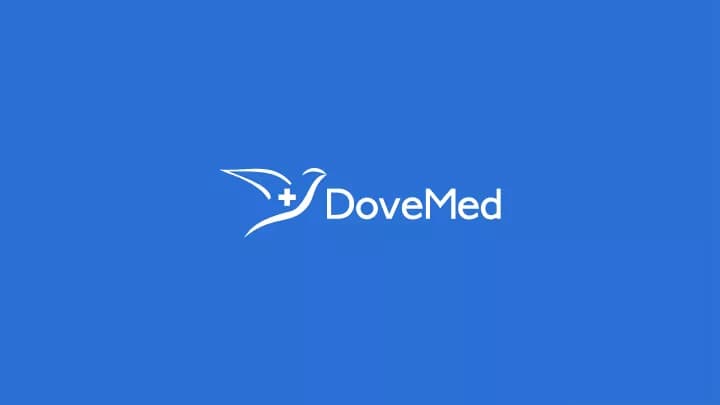
Submandibular Sialadenitis and Sialadenosis: Understanding Salivary Gland Disorders
Introduction:
Submandibular sialadenitis and sialadenosis are two distinct salivary gland disorders that affect the submandibular glands, which are located beneath the lower jaw. This article provides an overview of submandibular sialadenitis and sialadenosis, including their causes, symptoms, diagnosis, treatment options, and management strategies.
Understanding Submandibular Sialadenitis:
- Definition: Submandibular sialadenitis refers to the inflammation of the submandibular salivary glands, often resulting from an obstruction or infection within the gland or its ducts.
- Causes: The most common cause of submandibular sialadenitis is the presence of a stone (calculi) or stricture within the duct, which leads to the accumulation of saliva and subsequent bacterial infection.
Symptoms of Submandibular Sialadenitis:
- Pain and Swelling: Individuals with submandibular sialadenitis experience pain, tenderness, and swelling beneath the jaw, particularly during mealtimes or when salivary flow increases.
- Difficulty Eating: Swelling and pain may make it challenging to eat, especially when consuming foods that stimulate salivary production.
- Fever and Malaise: In cases of infection, individuals may develop a fever, experience fatigue, and have a general sense of malaise.
Diagnosis and Treatment of Submandibular Sialadenitis:
- Diagnosis: A clinical examination, evaluation of symptoms, and imaging tests such as ultrasound or CT scans may be performed to diagnose submandibular sialadenitis and identify the underlying cause.
- Treatment: Treatment options include:
- Conservative Measures: Home care, such as warm compresses, hydration, and sour candies to stimulate saliva flow, may alleviate mild symptoms and facilitate the passage of small stones.
- Medications: Antibiotics may be prescribed to treat bacterial infections, while nonsteroidal anti-inflammatory drugs (NSAIDs) can help reduce pain and inflammation.
- Salivary Gland Massage and Sialogogues: Gentle massage of the affected gland and the use of sialogogues (substances that stimulate saliva production) can help relieve symptoms and aid in stone passage.
- Surgical Intervention: If conservative measures fail, minimally invasive procedures, such as sialendoscopy or extracorporeal shock wave lithotripsy (ESWL), may be employed to remove stones or dilate strictures.
Understanding Sialadenosis:
- Definition: Sialadenosis refers to a non-inflammatory, non-neoplastic enlargement of the salivary glands, including the submandibular glands.
- Causes: Sialadenosis can be associated with systemic conditions such as diabetes, malnutrition, endocrine disorders, or metabolic imbalances.
Symptoms and Diagnosis of Sialadenosis:
- Enlarged Salivary Glands: Sialadenosis often presents as painless, symmetrical enlargement of the salivary glands, including the submandibular glands.
- Dry Mouth: Some individuals with sialadenosis may experience dry mouth (xerostomia) due to altered salivary gland function.
- Diagnosis: A thorough medical history, physical examination, and assessment of systemic conditions are necessary to diagnose sialadenosis. Imaging studies, such as ultrasound or MRI, may be performed to evaluate the extent of glandular enlargement.
Management of Sialadenosis:
- Identifying Underlying Causes: Managing sialadenosis involves addressing any underlying systemic conditions contributing to the salivary gland enlargement.
- Symptomatic Relief: Treatment may focus on relieving symptoms such as dry mouth through measures such as maintaining proper hydration, practicing good oral hygiene, and using artificial saliva substitutes.
- Regular Monitoring: Individuals with sialadenosis require regular follow-up visits to monitor gland size, assess symptoms, and adjust management strategies as needed.
Conclusion:
Submandibular sialadenitis and sialadenosis are distinct disorders affecting the submandibular salivary glands. While sialadenitis involves inflammation and infection, sialadenosis is characterized by non-inflammatory glandular enlargement. Proper diagnosis, treatment, and management strategies play a crucial role in alleviating symptoms, addressing underlying causes, and optimizing salivary gland health for improved oral well-being.
Hashtags: #SubmandibularSialadenitis #Sialadenosis #SalivaryGlandDisorders #OralHealth
Related Articles
Test Your Knowledge
Asked by users
Related Centers
Related Specialties
Related Physicians
Related Procedures
Related Resources
Join DoveHubs
and connect with fellow professionals



0 Comments
Please log in to post a comment.